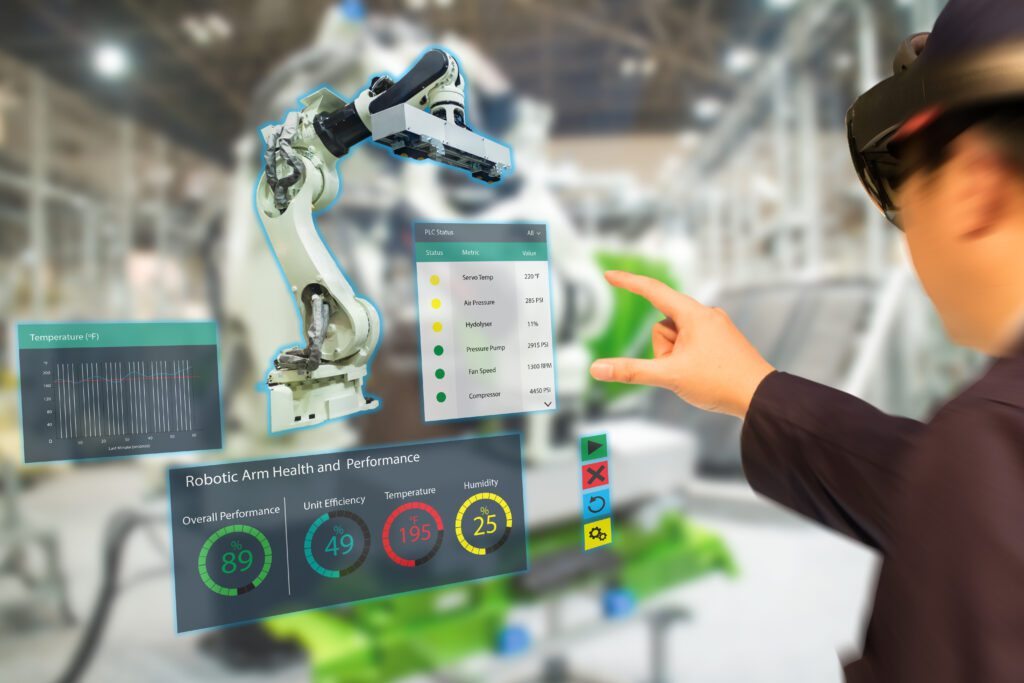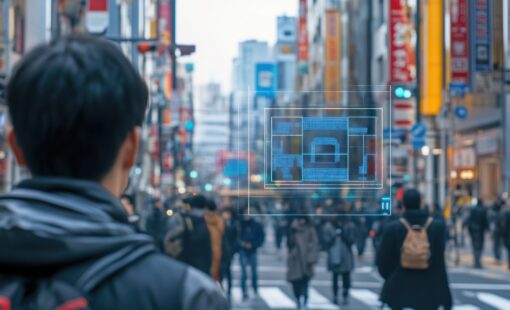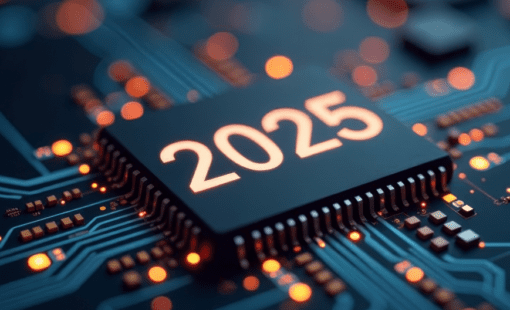Augmented reality (AR) is poised to transform everyday life by optimizing how we receive and interact with information. While the modern world is already filled with constant notifications and digital content, AR aims to provide information seamlessly and efficiently rather than add to the distractions.
Unlike virtual reality (VR), which creates an entirely artificial environment, AR blends digital content with the real world to improve navigation, productivity, and communication. AR enhances reality by overlaying digital information onto the real world through devices such as smart glasses, phone screens, and car windshields. These displays can present navigation assistance, real-time data, and contextual information without obstructing a user’s view.
In business, AR is expected to enhance factory management and efficiency. Smart safety goggles, for instance, could provide workers with real-time maintenance data, display machine performance metrics, and facilitate workforce management. This integration could make industrial operations more efficient and interactive.

On a personal level, AR is set to evolve from smartphone-based applications into wearable technology embedded in everyday items such as earbuds, clothing, and footwear. Navigation could be improved with shoes that provide directional taps, and shopping experiences could be streamlined with AR glasses displaying grocery lists and store layouts.
Ultimately, AR will enable a hands-free, more immersive way to access digital information, gradually reducing dependence on smartphones. As wearable AR devices become more sophisticated, they may become the primary interface for digital interactions, quietly but radically transforming daily life.
Challenges in Electronic Design
AR devices present significant challenges for electronic engineers, particularly in PCB design and system integration. These challenges stem from the need for high performance, miniaturization, efficient power management, and seamless connectivity.
One of the primary concerns is the need for high processing power with low latency. AR devices must process large amounts of data in real-time, including spatial tracking, rendering, and user input. This requires engineers to design PCBs capable of supporting high-performance processors while maintaining power efficiency. However, higher processing power also generates significant heat, making thermal management a critical aspect. Effective heat dissipation methods, such as heat sinks and optimized PCB layouts, are necessary to prevent overheating in compact, wearable devices.
Miniaturization is another key challenge, as AR headsets and glasses require lightweight and compact designs. Engineers must integrate multiple high-speed components, sensors, and power management ICs in limited space. This complexity is further exacerbated by the need to ensure signal integrity, particularly for high-speed data transfers through USB 3.1, PCIe, and MIPI interfaces. Additionally, Managing electromagnetic interference (EMI) and electromagnetic compatibility (EMC) is crucial to maintain stable performance.
Power efficiency and battery life play a vital role in AR device design. As these devices require long-lasting battery performance while operating at high computational loads, engineers must develop efficient power distribution networks and explore low-power components. Additionally, the integration of multiple sensors, such as cameras, LiDAR, IMUs, and proximity sensors, introduces challenges in synchronization, data fusion, and sensor placement on the PCB.
The structural design of AR devices demands radical innovation, with many relying on flexible PCBs (FPCs) or 3D-stacked designs to achieve ergonomic and aesthetic goals. Engineers must adapt to new manufacturing processes and ensure reliability in these unconventional PCB formats.
Furthermore, given the extensive use of wireless connectivity (Wi-Fi 6, Bluetooth 5.0) in AR devices, ensuring compliance with EMI regulations through proper shielding, ground planes, and filtering circuits is critical. Successfully overcoming these challenges requires advanced PCB design tools that support high-speed routing, real-time analysis, and 3D integration.

- Blog
Our new post explores the potential of augmented reality (AR) to transform everyday experiences in shopping, education, and navigation. It highlights how enhanced AR devices will offer immersive, interactive environments that blend the virtual and physical worlds.

- Blog
The field of PCB design continues to evolve as advancements in technology and shifting market demands push the boundaries of what’s possible. By 2025, several key trends are set to shape the industry. Find out more on our blog.

- Blog
Supply chain risk management is critical for electronics design. By integrating SiliconExpert with CR-8000, engineers gain tools to streamline component selection, manage obsolescence, and ensure design continuity. This integration supports efficient workflows, reduces costs, and mitigates supply chain disruptions.

- Blog
The transportation industry never experienced breakthroughs prior to electrification. Now, innovations in motor, control, and battery technology are enabling the electrification of the transportation industry.


